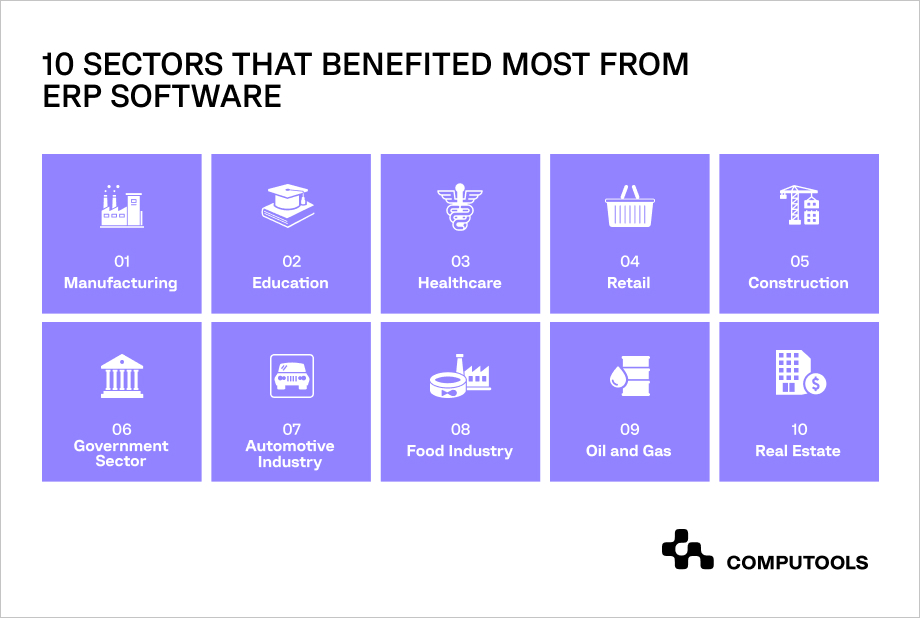Although digitalization and the idea of digital transformation have been a thing for many companies for quite some time, 2020 and 2021 showed the true benefits of digital transformation.
New technologies allowed businesses to overcome crises, grow capabilities, and plan for the future.
As a result, many businesses have adopted the idea of digitalization with open arms and are using new technologies to stay competitive.
This article will cover what technology has to offer today and what the main trends and benefits are.
But first, let`s start with some definitions.
Understanding the concept of digitization, digitalization, and digital transformation
Today, digitalization and digital transformation concepts are mainly used as buzzwords for marketing.
If we look back, these processes have always been around: from the advent of magnetic disks by IBM in 1950 – later adopted by many airline companies for flight reservations – to the first ordered pizza in 1994 and the establishment of electronic payments in 2003.
Today, any technological solution could be treated as digitalization or digital transformation, and each company has its own definition and understanding of these concepts. This is where things get tricky; sometimes, what a company “wants” does not go hand in hand with what the company “needs.”
Therefore, every request for digital transformation is unique and varies from case to case. Software development companies must thoroughly study clients’ business processes, markets, existing solutions, budgets, and deadlines to offer seamless digital transformation.
As the practice shows, one of the main scenarios for digital transformation today is the development of solutions that minimize routine work, increase data accuracy and help make better decisions.
This can include the implementation of statistical algorithms and machine learning for better transparency and AI-based chatbots for reducing manual actions.
Another widespread request for digital transformation is updating and supporting existing products or services. Companies often seek consultation from experts in a particular niche to streamline internal processes. These companies are typically enterprises or other large organizations.
Once an organization of any size goes through the initial stages of digital transformation, its IT department becomes as essential as other departments, be it HR or Finance. However, due to the new tools and technology adopted, the IT department typically plays a significant role in reducing team costs across the organization as a whole. Continued optimization leads to even more cost savings in other business areas.
To sum up, digital transformation is a catchy word for attracting attention. However, digital transformation results truly transform how an organization operates, making it more streamlined and efficient.
What is digitization?
It`s important to understand that digitalization and digital transformation are two sides of the same coin. It all depends on the scale of your transformation. For example, digitization appeals to the question of “what.” What part of your business do you want to digitize?
“We want to simplify our document management and be able to handle contracts and other forms digitally.”
“We want to automate monotonous manual labor for our employees.”
What is digitalization?
Digitalization is more about processes inside of your company. It appeals to the goals of digitization.
“We want to move our documents to the cloud and share it with other employees for better transparency and data analysis.”
Digitalization can improve production and simplify many internal business processes, but it does not change the business model.
What is digital transformation?
Digital transformation changes the positioning of a company, its products, and the relationship between the company’s customers and suppliers.
Let`s take the education industry, for example. Digitalization implies using digital textbooks, video lessons, and other “digitalized” tools that simplify the learning process.
Digital transformation implies the development of a new interactive educational system where people can leave feedback, choose educational programs, hire teachers, track progress, and so on.
Another avid example is Netflix. Initially, the company operated as a CD rental company selling video cassettes. Still, as the digitalization of products and services became more apparent, Netflix swept into video streaming and quickly restructured the company. This is digital transformation.

Computools
Software Solutions
Computools is an IT consulting and software engineering company that delivers innovative solutions to help businesses unlock tomorrow. Our clients represent a wide range of industries, including retail, logistics, finance, healthcare, and others.
Most common technologies and tools for digitalization
As digitalization and digital transformation are very broad terms, let`s focus on the most widespread technologies and solutions that are sought after in 2022.
1. BI tools
There’s a clear need to automate processes. Today, almost 50% of businesses have already adopted BI tools to streamline their business strategy. The most widespread tools are:
• Hyper-automation
• Predictive analytics
• Data visualization
These tools can be either developed from scratch based on the company`s needs or implemented as a ready-made solution; for example, ¾ of companies looking for digitalization rate Microsoft Azure as their top vendor when it comes to SaaS solutions.
Primarily, these tools are used by SMEs and enterprises for decision-making purposes and automation.
For example, benefits for enterprises can include:
• Reduction of major costs;
• Increased quality of produced goods or services;
• Rapid response to malfunctions and reduction of downtime and repair work;
• Optimized process for interaction with customers and suppliers;
Ability to respond quickly to changes in the consumer market and adapt to new conditions.
For small and medium-sized companies, BI tools help:
• Increase the efficiency of work with clients;
• Conduct marketing and customer analysis;
• Keep reports and analytics;
• Simplify document flow.
Below you can see the most widespread and traditional systems for successful digitalization.
2. Cloud
This is especially widespread for enterprises increasingly relying on SaaS, Iaas, and Paas solutions.

Cloud services have become the main platform for innovative transformations. In contrast to its own servers, the cloud makes it possible to increase or decrease computing resources on the fly, depending on the need. This saves time and budget. Plus, cloud providers – Amazon Web Services, Microsoft Azure, Google Cloud – invest billions in the stability and security of their data centers.
3. CRM (Customer Relationship Management)
On average, the companies that implement CRM increase their sales by almost 30%.
CRM allows you to view a report on any client in various aspects or form a general report on sales.
Implementing such systems increases sales efficiency, and more advanced types of software can even predict profits and make accounting calculations.
4. ERP (Enterprise Resource Planning)

The implementation ERP is focused on creating a single information space within an enterprise (between departments and divisions).
To a greater extent, digitization within a company aims to achieve integration of enterprise processes with third-party systems that allow for better interaction of all process participants and provide better quality data for management decisions.
Benefits of digitalization

Digitalization and digital transformation for business have become an absolute necessity today. Even accounting and document management in electronic format can simplify tons of work and free up valuable resources.
And that’s only one side of a story. Digitalization speeds up the interaction of various departments, gives the ability to control each business process based on analytical data precisely, improves interactions with potential customers, and enables businesses to scale faster.
Final words
The trend for digitalization will continue to grow. One of the driving forces for digitalization is customer demand and the need to keep up with the competition. In 2022, spending on digital transformation is expected to reach the $1.8 trillion mark. These spendings are oriented to the aforementioned technologies, including moving to the cloud, automation tools, and communication tools.
Not sure how to implement a specific solution into your business? Hit up our experts at info@computools.com to get a free consultation.









“Computools was selected through an RFP process. They were shortlisted and selected from between 5 other suppliers. Computools has worked thoroughly and timely to solve all security issues and launch as agreed. Their expertise is impressive.”